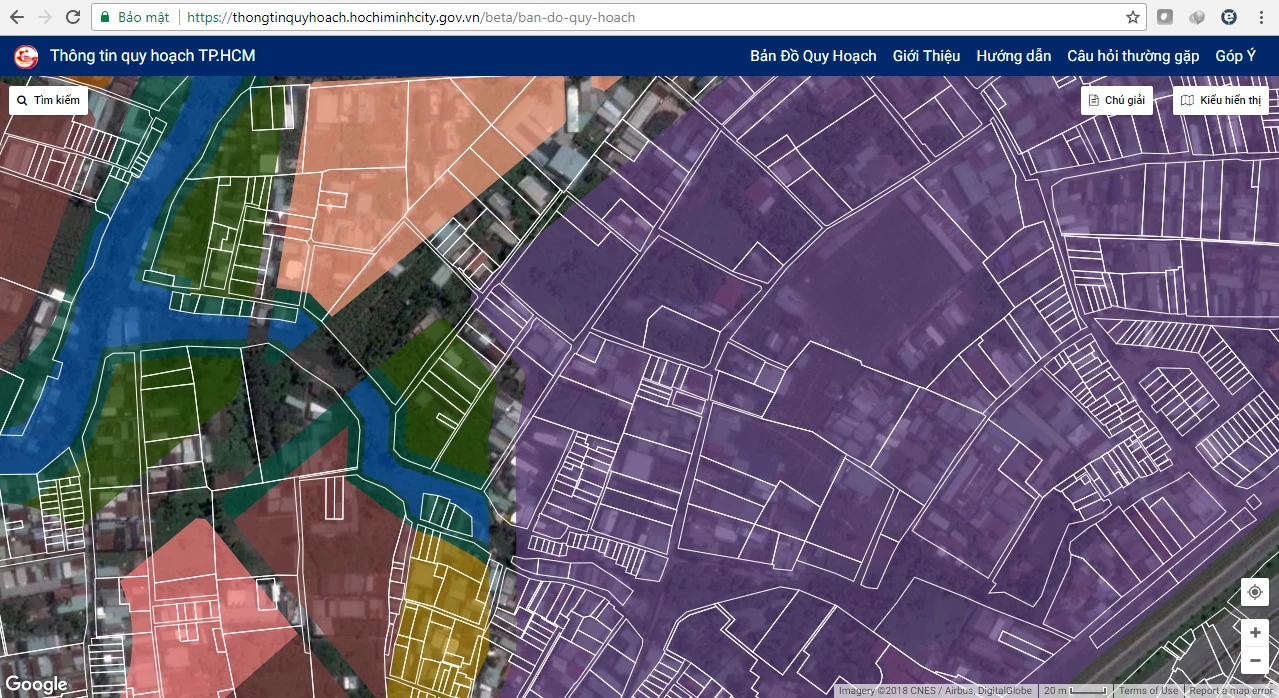
This blog is based on new mortality estimates and a report released today by the United Nations Inter-agency Group for Child Mortality Estimation (UN IGME).
Available empirical data from 2020 does not indicate a reversal in child, adolescent and youth mortality as the COVID-19 pandemic spread while more data are needed for a more complete picture
Since the first deaths from COVID-19 were reported in early 2020, there has been immense concern as to the lethality and vulnerability to the illness by age. Even as evidence began to emerge in 2020 showing COVID-19’s very modest direct impact on child, adolescent and young people’s mortality, numerous governments, aid organizations, and medical and scientific institutions grew concerned with the possible increase in indirect deaths among children, adolescents, and youth due to the significant disruption of health services, many of which are critical to saving children’s and women’s lives in low- and middle-income countries.
Early scenario-based modelling warned that sustained reduction in the coverage of basic life-saving interventions could substantially increase under-five deaths, essentially reversing a decades-long decline in global under-five mortality. A modelling study based on the well-documented relationship between child mortality and economic output or wealth suggested the damaging financial consequences of the pandemic could mean more children would die. Based on the results of these modelling exercises, the 2020 edition of the UN IGME report stressed the critical importance of maintaining life-saving interventions and services for children and women during the pandemic to ensure hard-won gains in combating child mortality were not lost.
Data shows limited direct impact of COVID-19 on child, adolescent, and youth mortality
We now have new empirical mortality data, which are observed death counts continuously monitored by vital registration systems or health information systems in over 80 countries or areas. These data permit a substantive assessment of the mortality situation of children (ages 0-9 years), adolescents (ages 10-19 years), and youth (ages 20-24 years) in 2020, the most recent year reported in this round of UN IGME estimates.
Thus far, these newly available data do not yet show the feared reversal in child mortality gains as the pandemic spread. While these empirical data are available mainly from high-income countries, and empirical data from low- and middle-income countries are very limited, evidence from some low- and middle-income countries like Brazil, India, Kenya, Mexico, Mozambique, and South Africa also show little impact on child, adolescent and youth mortality in 2020.
Where appropriate, the UN IGME makes adjustments on mortality rates due to HIV/AIDS, conflicts and natural disasters to account for possible downward biases as a result of omission of deaths. The UN IGME assessed whether adjustments for COVID-19 should be made for 2020 rates. Following the analysis (please see the excess mortality analysis in the report) and recommendations from its Technical Advisory Group, the UN IGME has not adjusted the 2020 rate for COVID-19-related mortality. Therefore, the new round of estimates is based on empirical data up to 2020, where available, or extrapolation to 2020 by continuing recent trends from the most recent empirical data point available.
More data necessary to get full picture for 2020 and 2021
Still, as more quality data become available for 2020, further monitoring can provide a more complete picture of child, adolescent and youth mortality as well as the relevant contributing factors. For instance, fewer injuries, a decline in cases of infectious diseases and reductions in exposure to air pollution due to lockdowns or masking may have contributed to the observed continuous decline in child mortality.
At the same time, the impact of missed childhood vaccinations and other essential health services during the pandemic, may only be observed in subsequent years. Further inequity analysis on the impact of harder to reach populations could also unmask the vulnerabilities and impact on the poorest and most left behind.
Significant regional disparities in child mortality
These deaths are not carried equally around the world – children in Sub-Saharan Africa and South Asia continue to face the highest risk of death in the world and to bear the brunt of the child mortality burden.
Need to increase efforts to reduce child mortality to reach SDGs
The Sustainable Development Goals (SDGs) call for an end to preventable deaths of newborns and children under age 5, with all countries aiming to have a neonatal mortality rate of 12 or fewer deaths per 1,000 live births and an under-five mortality rate of 25 or fewer deaths per 1,000 live births by 2030.
If these goals are to be met, the global community must double down on its efforts to ensure the most vulnerable children survive, wherever they are. Current trends are cause for alarm: More than 50 countries will not meet the under-five mortality target by 2030 and more than 60 countries will miss the neonatal mortality target without immediate action.
Access to effective and high-quality care along with the continued expansion of coverage of life-saving interventions will bring countries closer to achieving these goals. If every country met or exceeded the SDG target, 8 million under-five deaths could be averted between 2021 and 2030.
Monitoring must be sustained and expanded to accurately track progress towards global goals, inform policy to ensure greater survival, and respond to sudden shocks like the pandemic. Timely, high-quality and disaggregated data are critical to achieving this goal.
The new UN IGME estimates which are based on the best available empirical data on child mortality differ from some modelled projections that forecasted increased deaths in 2020 resulting from service disruptions or economic downturns. Still, these data have limitations in their representativeness, and the pandemic and resulting mortality profile could change substantially from what has been observed thus far. Data collection must be continued, where available, to monitor the mortality situation of children, adolescents, and youth in 2021 and beyond. UN IGME will review new data, if available, in the next estimation round and revise estimates accordingly.
These mortality estimates were produced by the UN IGME. The UN IGME includes UNICEF, the World Health Organization, the World Bank Group, and the United Nations Population Division as full members. The group was formed in 2004 to share data on mortality, harmonize estimates within the UN system, improve methods for child mortality estimation, and to report on progress towards the MDGs. The group continues to produce reliable and transparent mortality estimates to track countries’ progress towards SDG target 3.2. All data, estimates, and details on methods are available on the Child Mortality Estimates website. The new estimates will become also available in the World Bank’s World Development Indicators and HealthStats databases.



Join the Conversation